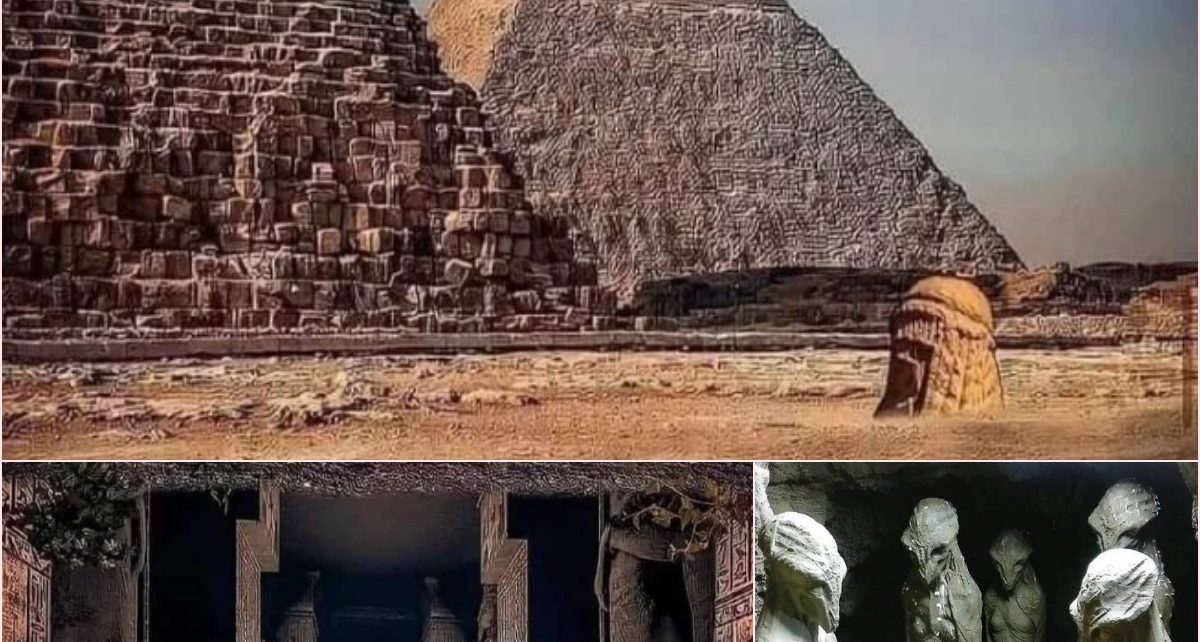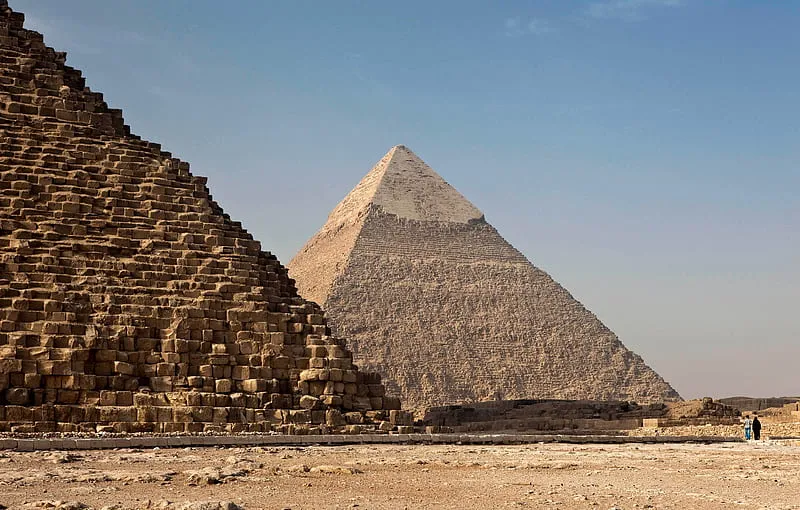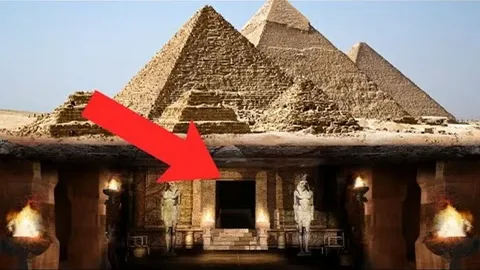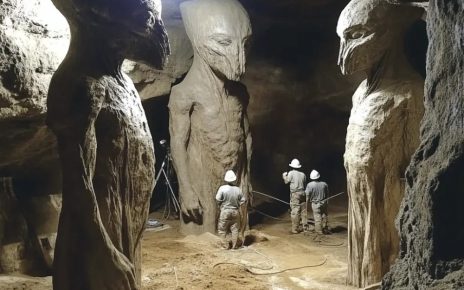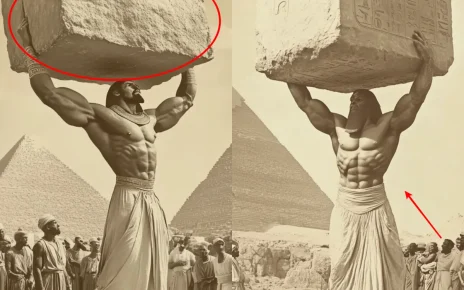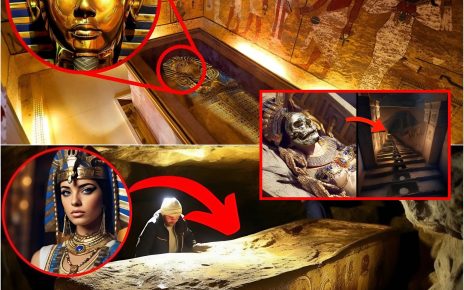The diorite statue of Pharaoh Khafre, housed in the Egyptian Museum in Cairo, remains an archaeological mystery that challenges our understanding of ancient Egyptian technology. This magnificent piece, carved with extraordinary precision, raises fundamental questions about the tools and methods used by the Egyptians in the 26th century BCE to work with a material as exceptionally hard as diorite.

Diorite, known for its extreme hardness, ranks between 7 and 8 on the Mohs scale, making it tougher than many materials, including granite. Today, working with granite requires diamond-tipped tools due to its comparable resistance. So, how did the ancient Egyptians, nearly 4,500 years ago, craft such a flawless statue using tools that, according to conventional knowledge, were made primarily of copper and bronze?
Diorite is an igneous rock that is incredibly dense and difficult to cut or shape, even with modern equipment. According to archaeological records, the ancient Egyptians did not have access to iron (with a Mohs hardness of just 4) or carbon steel (hardness of 5). Iron did not appear in Africa until much later, around the first millennium BCE, so it would not have been an option for carving this statue.
Copper, the most commonly used metal in Egypt at the time, is even softer, with a hardness of only 3. This presents an obvious challenge: how could they cut and polish such a hard material without the proper tools?
